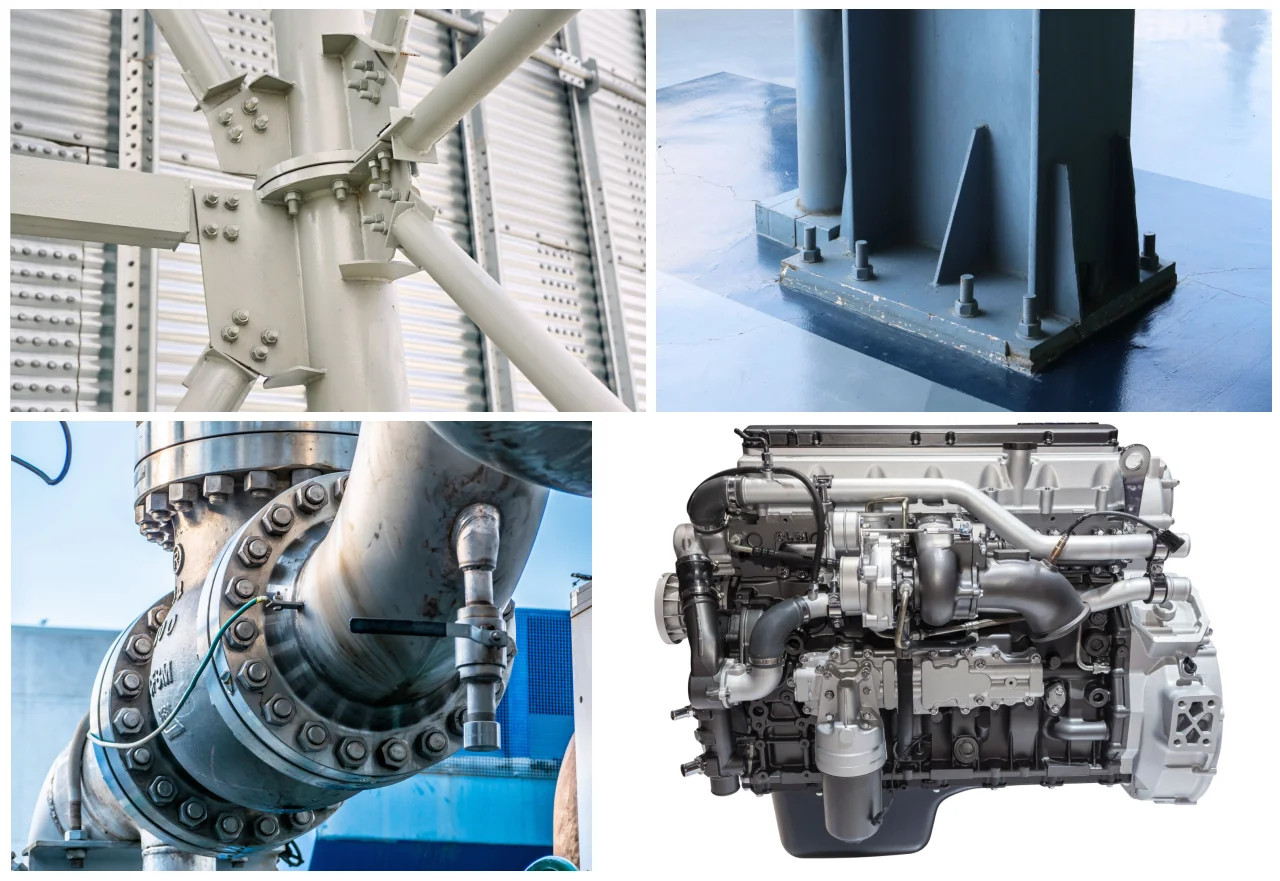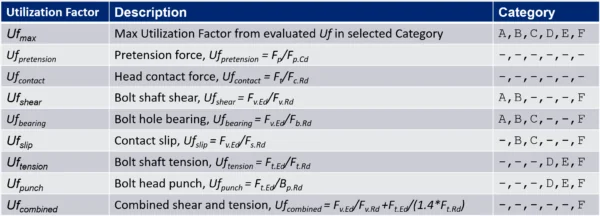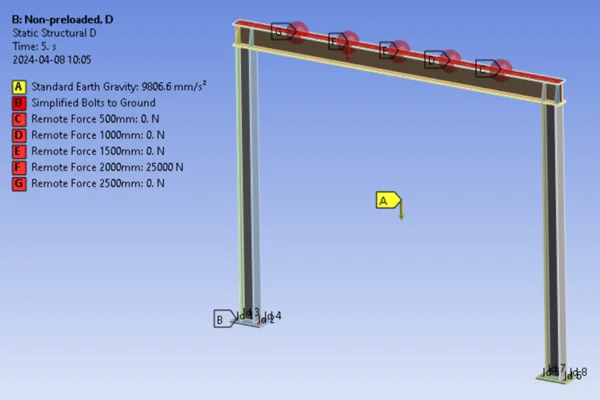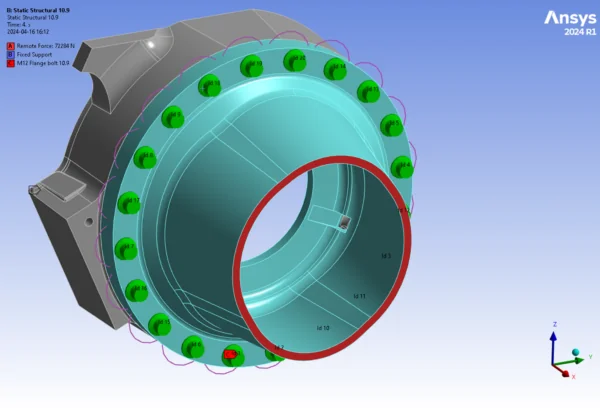Bolt Toolkit Tutorials

Setting up a model with fasteners and joints can be an overwhelming task. A large model can easily contain hundreds of bolts, where you need to manage the definition of contacts, mesh and pretension. Depending on the type of joint category and evaluation, there are many choices the user must make during the model preparation, as well as in the assessment and verification of the results.
The online documentation contains detailed information about each feature, and with the new Bolt Toolkit tutorials you will be guided through typical real life joint types with easy step-by-step instructions. Even if you don’t want to use the Eurocode 3 criteria the guides provide valuable information on how to perform detailed joint analyses and all the checks that can be made as well as an example on how to customize and save your own custom design code. Here follows a short introduction to Eurocode 3 and an overview of the different tutorials.
Eurocode 3 differentiates between shear and tensions connections and for each joint category (A-F) different checks must be made, see Table 3.2 in EN 1993-1-8 (2005).
The “Utilization Factor” (Uf) is calculated for each criterion in the selected category as the ratio between the design load (F_Ed) and design resistance (F_Rd).
The maximum utilization (Uf_max) is saved from the evaluated criteria for each bolt or rivet.
If Uf_max > 1.0 the joint does not fulfil the Eurocode 3 criteria.

Tutorial 01 – Shear Connections
A bearing-type shear connection joint using Rivets (Category A) and then pre-loaded slip-resistant Simplified Bolts (Category B or C) evaluated for strength.

Tutorial 02 – Tension Connections
A non-preloaded Simplified Bolts to Ground joint (Category D) followed by a preloaded version (Category E) evaluated for strength and fatigue.

Tutorial 03 – Preloaded Tension Connections
A preloaded Advanced Bolts joint (Category E) subject to variable thermal and structural loads evaluated for both strength and fatigue.

Tutorial 04 – Preloaded Shear and Tension Connections
A preloaded Advanced Bolts joint (Category F) subject to combined shear and tension loads evaluated for both strength and fatigue.

